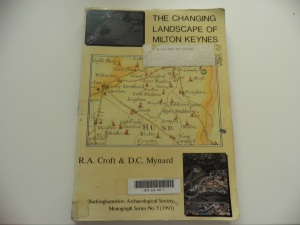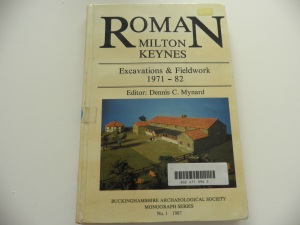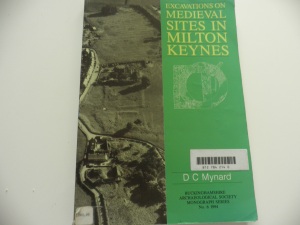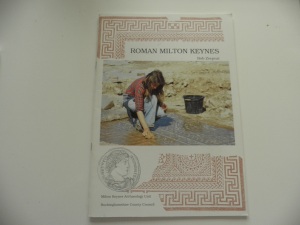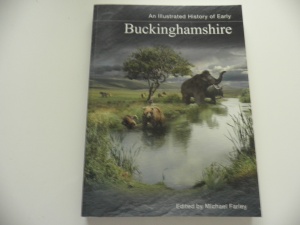There are some excellent books to be found in Milton Keynes libraries (and not just the local studies section in the Central Library) – about the history of the city.
I’m currently borrowing (fear not, there are multiple copies) – three excellent books – which are aiding my research. I will be putting the results up on this blog.
The three books are
The Changing Landscape of Milton Keynes – R A Croft and D C Mynard.This has a chapter by R J Zeepvat on the geology and topography of this area – an essential for understanding our city’s past and present; Descriptions of the area at different periods. [Prehistoric; Roman; Saxon; Medieval and Post-Medieval]; a chapter by M Gelling on place-names of the Milton Keynes area. It concludes with a series of parish essays – focusing on discoveries made in the old parishes of our city.
Roman Milton Keynes: Excavations & Fieldwork 1971-82 – edited by Dennis C Mynard. It has some excellent maps; drawings and lists of finds. There are also a set of photographs.
Excavations on Medieval Sites in Milton Keynes – also by Dennis Mynard in the Buckinghamshire Archaeological Society Monograph Series. This too has some excellent diagrams & drawings; photographs and descriptions of the major sites.
I have my own copies of two excellent books – R J (Bob) Zeepvat’s “Roman Milton Keynes” which has chapters on Iron Age Background; The Roman Occupation; Roman Government; Towns; Communications; Countryside; Villas; Trade & Industry; Religion and Burial – and Further Reading.
and “An illustrated History of Early Buckinghamshire” edited by Michael Farley – which describes the area and puts it into a wider context.
